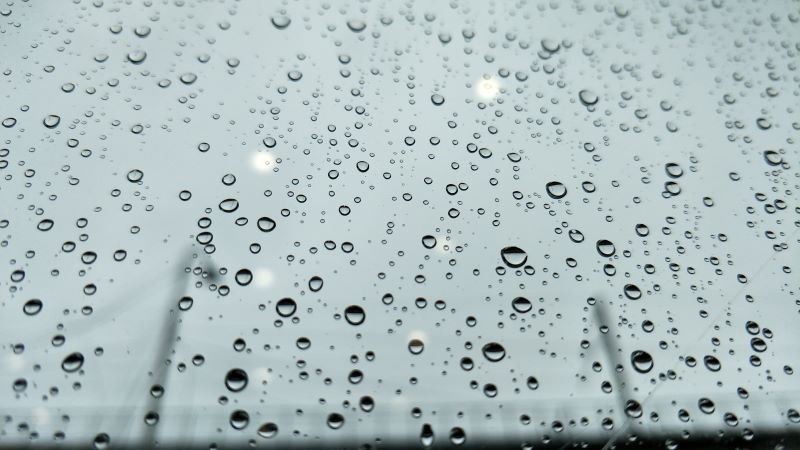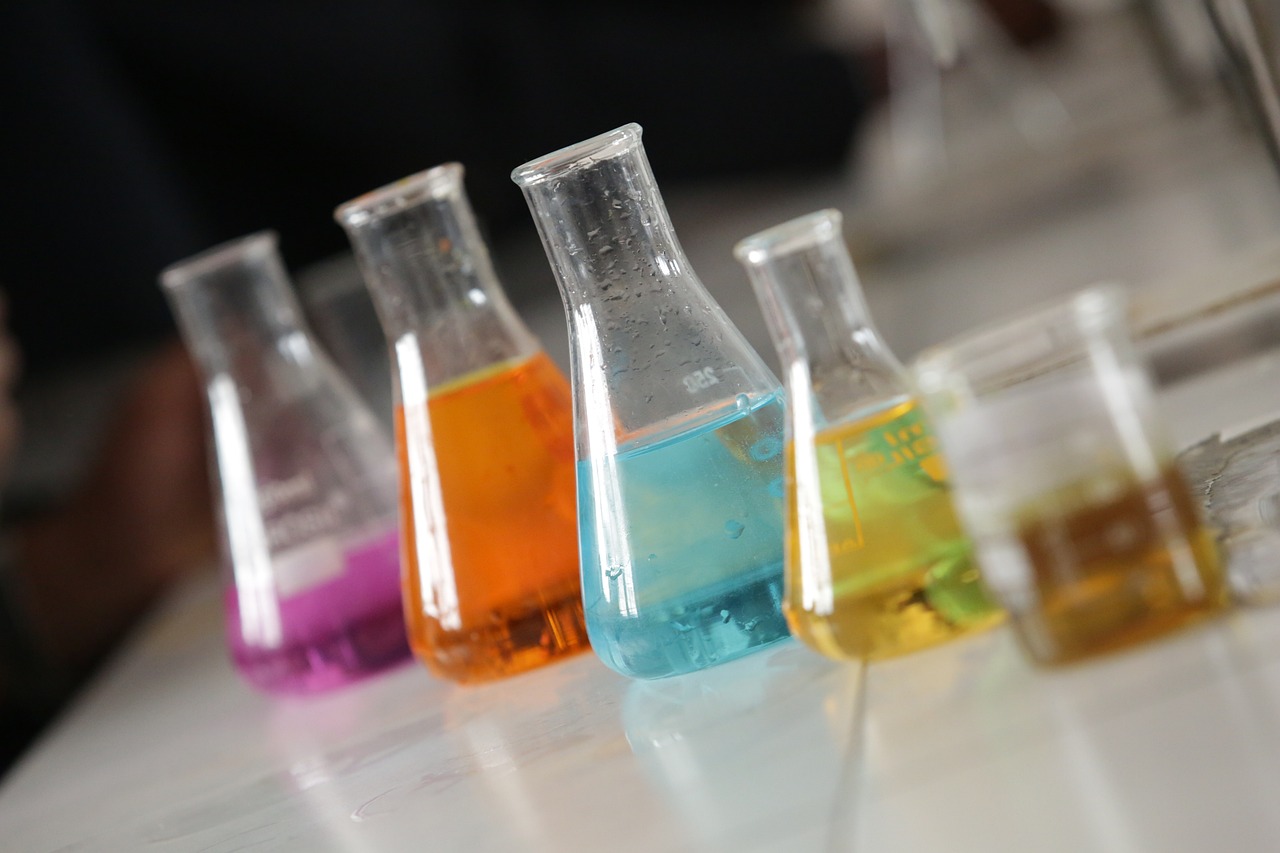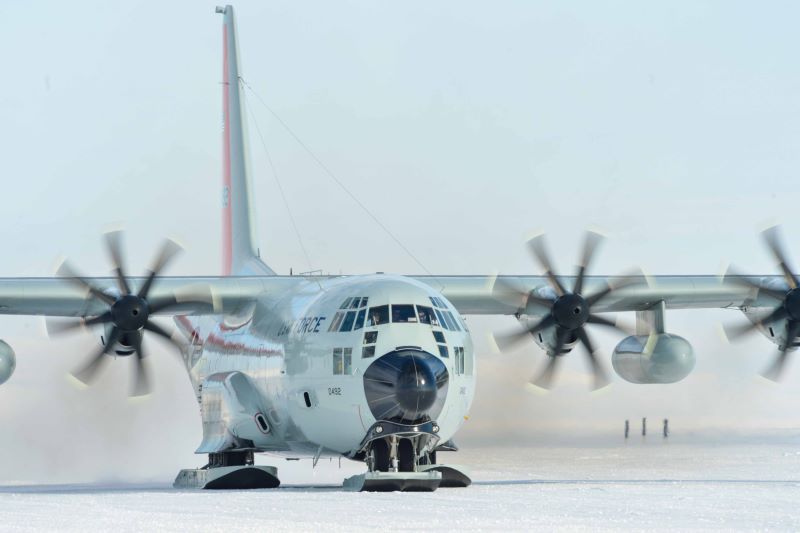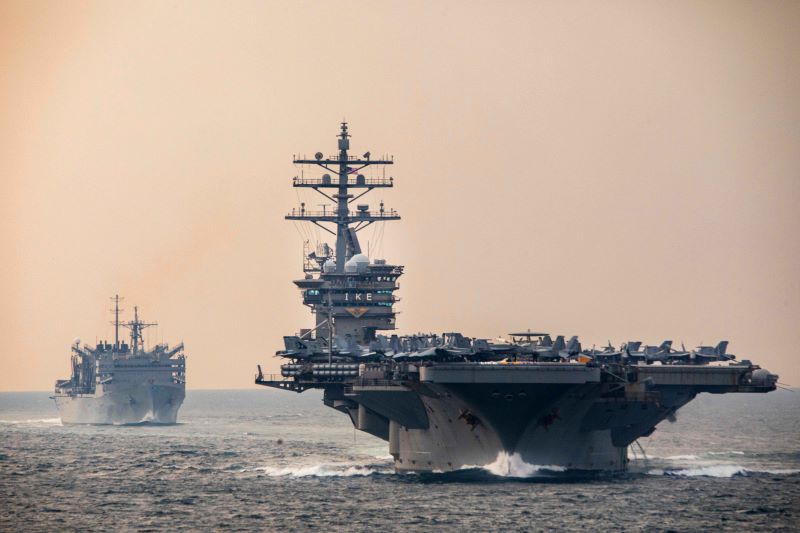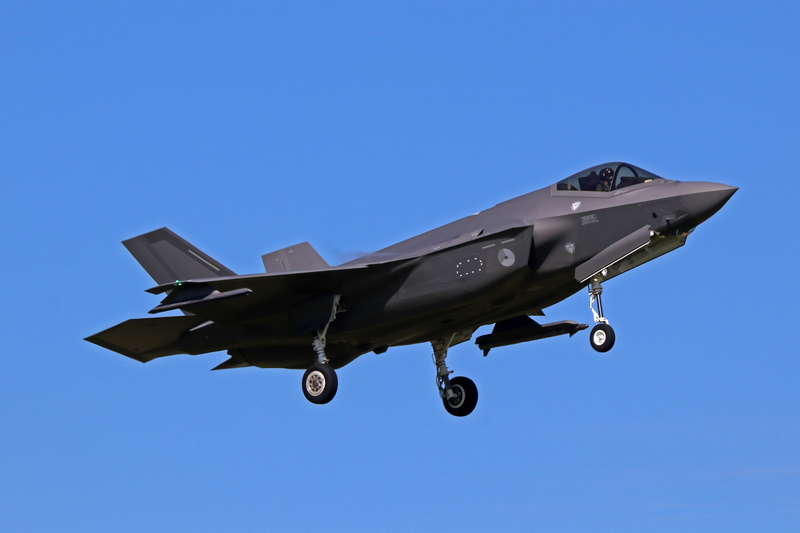
MIL-STD-810H change 1 Environmental Engineering Considerations and Laboratory Tests was released by the Department of Defense (DoD) on May of 2022. Although changes in the standard were few, Method 509 Salt Fog has been entirely rewritten. Method 509.8 is now titled Salt Fog / Corrosive Environments and is comprised of three procedures.
Procedures for Salt Fog / Corrosive Environments
This test method now contains the following procedures:
- Procedure I – Corrosion Screening
- Procedure II – Design Corrosion Verification
- Procedure III – Natural Environment
Procedure I – Corrosion Screening, most closely resembles the salt fog testing of previous revisions of MIL-STD-810. It is intended for equipment and representative coupons to evaluate protective coatings and finishes. It is applicable for the identification of design flaws and quality control deficiencies in a short period of time. This method is to be performed in a salt spray test chamber in a testing laboratory.
Procedure II – Design Corrosion Verification is intended for verification of system designs and is to be performed early in product development. This testing should, when practical, be conducted on actual components, subsystems, or avionic subsystems.
This evaluation is to be tailored to specific corrosion types as specified by the Cognizant Engineering Authority (CEA) from the procurement agency. Required testing is dependent on intended environments and may include corrosive pollutants such as sulfur dioxide modified salt fog. These additional requirements are to be performed in accordance with a variety of test standards including ASTM B117, ASTM G85, and GMW 14872.
Procedure III – Natural Environment is to be performed to verify the corrosion resistance of coatings and system designs. This testing involves the use of mock-up test specimens in natural locations for extended durations. As with Procedure II, testing methodologies are to be specified by the CEA.
Other Changes for Salt Fog Testing
For Procedures I and II, refinements in MIL-STD-810H change 1 have been made in the preparations and methodologies employed. Changes in handling and configuration, preparation of the salt solution, and recommendations for preheating of pressurized air will require test program personnel and test facility engineers to ensure that laboratory equipment is correctly configured for accelerated corrosion testing.
Additions have also been made for possible effects of corrosion, pretest ambient checkout, and test interruption. Additionally, guidance is provided for post test analysis of possible physical, electrical, and corrosion effects that may have resulted from the Salt Fog / Corrosive Environments testing.
Tailoring for Environmental Testing
The secret to using the MIL STD 810 is in the seldom read Part 1 of the standard. Part 1 establishes a process for evaluating the relevant environmental stressors likely to be encountered in the product’s life time. This includes storage, transport, and operational configurations. It provides a tailoring process to create realistic design parameters and test methods.
The authors of MIL-STD-810 have consistently stressed the need for tailoring in the test and evaluation process. Tailoring is performed by matching the severity and duration of a test to its anticipated environments’ stressors. This is accomplished through specifications provided by the acquisition agency and by performing a Life Cycle Environmental Profile (LCEP).
The LCEP was introduced in MIL-STD-810D and refined to its current status in MIL-STD-810G. It provides an analysis of climatic and dynamic stresses likely to be encountered by materiel during storage, logistic transport, tactical transport, and operation. From this analysis, a list of environmental issues and criteria (EICL) can be produced that will assist in the design and test of military components.
The LCEP process is integral to the development of relevant Test Plans that will provide meaningful information for design verification and validation. This can greatly reduce the cost of development by identifying potential design deficiencies early in product development.
CVG Strategy Can Help
Our team of test and evaluation experts can assist you in creating a meaningful test program that meets requirements and prevents costly failures at the operational test stage. CVG Strategy provides an array of services to help you with environmental and EMI/EMC testing.
Our instructors have decades of experience in laboratory test and evaluation of military and commercial products. We understand the importance of testing and getting a properly designed product to market in a timely fashion.
We also offer classes in MIL-STD-810H change 1 to help you keep current with the latest developments in this important standard. This instruction includes extensive coverage of the tailoring process and how to use it your product development. Our courses are available online and on location.
MIL-STD-810 Training Classes
CVG Strategy MIL-STD-810 classes will provide you with the ability to develop and conduct an environmental test program. Our two-day course not only provides you with valuable information about climatic and dynamic test methods but also includes training in the methodology to correctly apply test tailoring relevant to the test item’s expected life cycle.
This course is available online or onsite. Ample time is available for questions and comments so that participants are encouraged to keep engaged. Check here for our online Training Registration Schedule.





